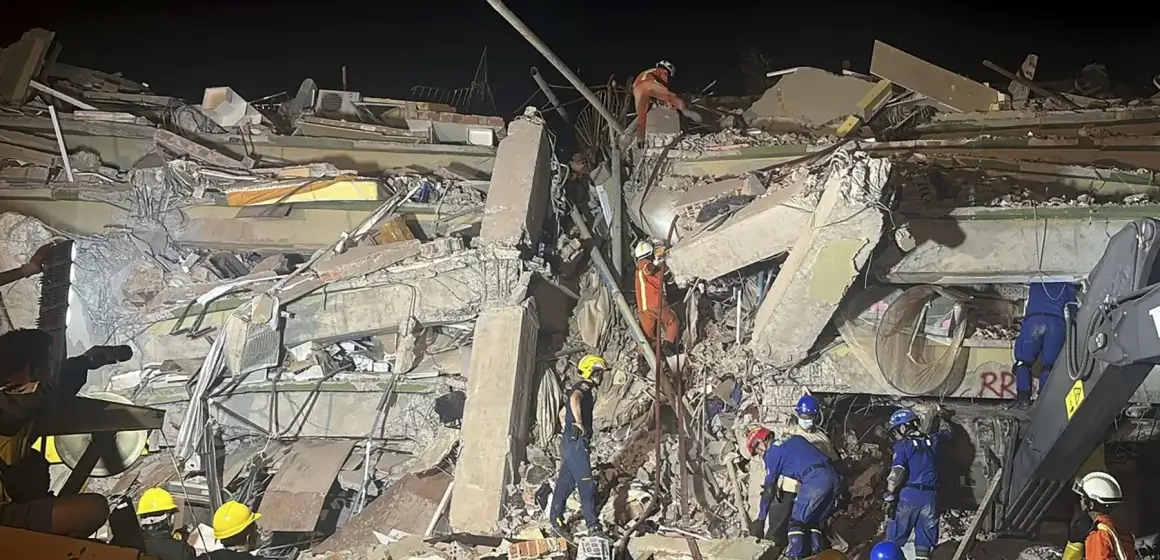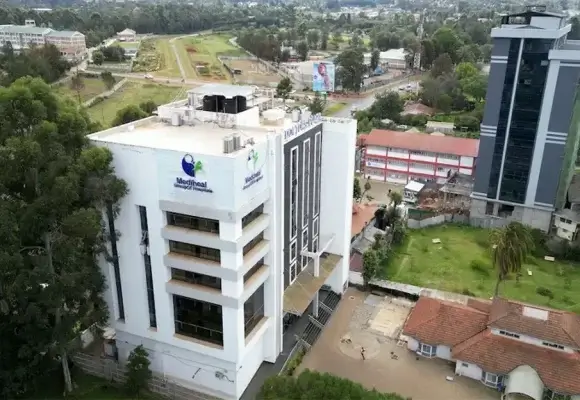|
LISTEN TO THIS THE AFRICANA VOICE ARTICLE NOW
Getting your Trinity Audio player ready...
|
A powerful 7.7-magnitude earthquake struck central Myanmar on Friday, March 28, 2025, adding to the country’s ongoing turmoil caused by years of civil war, economic decline, and food insecurity. The quake’s epicenter was in the city of Sagaing and sent shockwaves as far as Mandalay, the nation’s second-largest city, and the capital, Naypyidaw, more than 150 miles (241 km) away.
The full extent of the damage remains unclear, with communication severely hampered. Mobile networks in the affected regions are unstable, and many areas lack electricity and internet access. Information flow from the country is further restricted due to Myanmar’s longstanding press freedom limitations, which make it difficult for foreign journalists to gain access.
Myanmar has faced decades of instability since gaining independence from Britain in 1948. In 2011, hopes of democratic progress emerged, culminating in elections four years later, won by Aung San Suu Kyi. However, those hopes were shattered in 2021 when the military, led by General Min Aung Hlaing, seized power in a coup. Suu Kyi and other government officials were detained under allegations of election fraud, despite her party securing more than 80% of the vote.
The coup triggered mass protests, with thousands taking to the streets demanding the restoration of civilian rule. The military responded with force, using tear gas and rubber bullets against demonstrators. Human rights groups estimate that hundreds were killed and thousands injured during the crackdowns. What began as a civil disobedience movement soon escalated into a full-scale armed resistance, drawing in ethnic rebel groups and leading to a protracted civil war.
After four years of conflict, Myanmar’s military has suffered significant losses, losing control of large areas to ethnic armies and resistance groups. The continued fighting has forced more than 3.5 million people from their homes, according to the United Nations, with that number expected to rise. Access to basic necessities, including food and medical care, has become increasingly difficult.
Food insecurity has reached “unprecedented levels,” according to the World Food Programme, with soaring inflation making essential goods unaffordable for many. Earlier this week, the UN announced it would reduce aid to over one million people in Myanmar due to funding shortages. This follows a devastating typhoon months earlier that killed more than 200 people and destroyed vast amounts of farmland.
The earthquake struck a country already in crisis. Sagaing, where the quake was centered, has been a battleground for resistance fighters and the military. In recent months, reports indicated that airstrikes had displaced thousands. Mandalay, home to 1.5 million people, has also experienced intense conflict between resistance forces and the army.
Initial reports from Nay Pyi Taw suggest that a hospital in the capital has been converted into a “mass casualty site.” Limited footage from the affected regions shows widespread destruction, with cracked roads and collapsed buildings. “Hundreds of injured people are arriving… but the emergency building here also collapsed,” security officials at the hospital told the press.
In response, the junta has declared a state of emergency in several regions and issued a rare plea for international aid.











LEAVE A COMMENT
You must be logged in to post a comment.